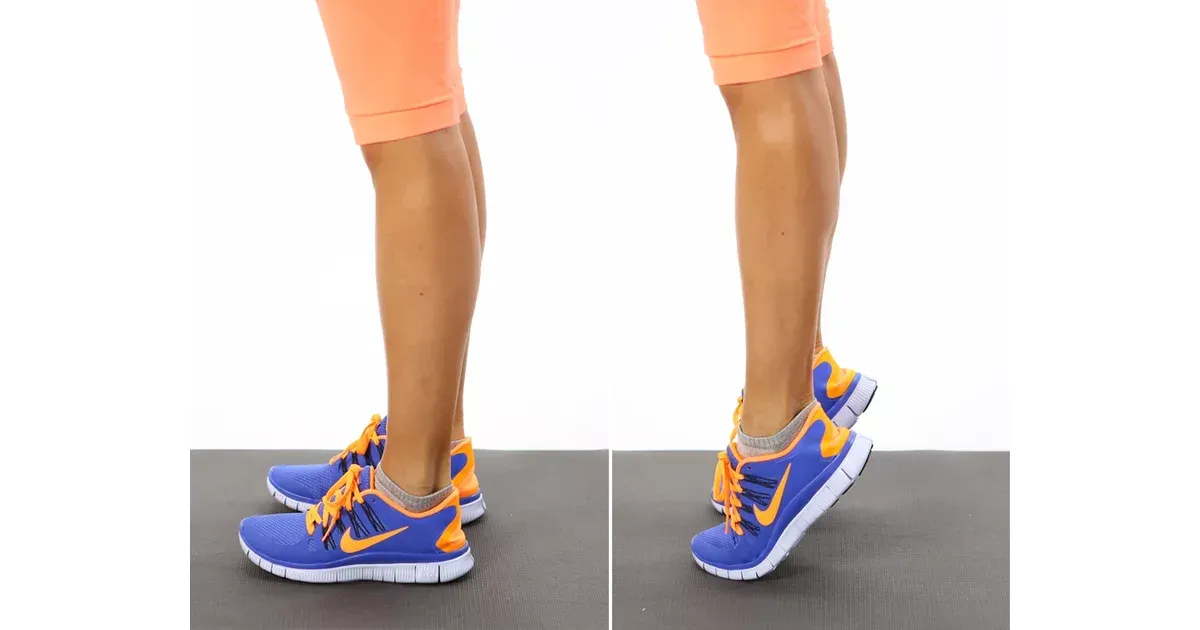3 Exercises For Stage 1 Early Ankle Rehab - Post Sprain
Ankle sprains are a common injury that can occur during physical activity or daily life. While the severity of the sprain can vary, it's important to properly rehabilitate the ankle to prevent future injuries. Exercise is a crucial component of this rehabilitation process. Here are three of the best exercises to perform following an ankle sprain:

1. Ankle Range of Motion Exercises
It's important to work on regaining the full range of motion in your ankle after a sprain. This can be done through simple exercises such as ankle circles and ankle alphabet. Ankle circles involve rotating your foot in a circle, while ankle alphabet involves using your foot to "write" the letters of the alphabet in the air. These exercises can be done multiple times per day and will help prevent stiffness in the ankle.
2. Calf Raises
Calf raises are an effective exercise for strengthening the muscles in the lower leg, including the calves and ankles. To perform a calf raise, stand with your feet shoulder-width apart and rise up onto your toes. Hold this position for a few seconds, then lower back down. Repeat for multiple sets of 10-15 repetitions.

3. Balance Training
After an ankle sprain, it's common to experience decreased balance and stability. Balance training can help improve these issues and prevent future injuries. One effective exercise is the single-leg balance. Stand on one foot and hold this position for as long as possible, aiming for 30 seconds or more. Repeat on the other foot. As you progress, try closing your eyes or standing on an unstable surface such as a foam pad.
It's important to note that these exercises should only be performed after consulting with a medical professional, as the severity of your ankle sprain may require a different course of treatment. Additionally, it's important to start slowly and gradually increase the intensity of these exercises over time.
Chelmsford Physio
Riverside Leisure Centre, Victoria Rd, Chelmsford CM1 1FG



